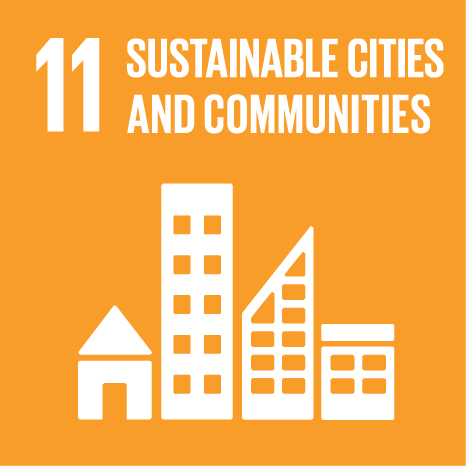Ciência_Iscte
Publications
Publication Detailed Description
Emplacing linked lives: A qualitative approach to understanding the co‐evolution of residential mobility and place attachment formation over time
Journal Title
Journal of Community and Applied Social Psychology
Year (definitive publication)
2021
Language
English
Country
United States of America
More Information
Web of Science®
Scopus
Google Scholar
This publication is not indexed in Overton
Abstract
Despite growing interest in issues of residential mobility and place attachment in a globalised world, research within Environmental and Community psychology has tended to overlook the ways that interpersonal relations, and wider socio-political and economic structural factors inform place attachment formation amongst residentially mobile individuals. We address this gap drawing on the Human Geography concept of ‘Linked Lives’ (Coulter et al., Progress in Human Geography, 2016, 40(3), 352–374), to conceive the relocation decisions of residentially mobile individuals, and their place (non)attachment to the current residence place, as deeply intertwined with formative place experiences, interpersonal relations, and the structural contexts within which people live (Coulter et al., Progress in Human Geography, 2016, 40(3), 352–374). With the aim of deepening understanding of the co-evolution of residential mobility and place attachment, this paper presents narrative case studies of residents living in a town in Southwest England, with each resident indicating a different variety of people–place relations to their current residence place. Findings indicate that moving intentions and consequent residential place attachment result from complex interactions over time between (a) formative place experiences and settlement identities, leading to preferred types of residence place; (b) interpersonal relations with significant others including family and community members that vary according to life stage events; and (c) structural forces, comprising cultural, economic, and political factors shaping people's lives. Future research could examine how structural changes arising from the COVID-19 pandemic are influencing residential mobilities and attachments to place.
Acknowledgements
--
Keywords
Interpersonal relations,Linked lives,Place attachment,Residential mobility,Structural conditions
Fields of Science and Technology Classification
- Psychology - Social Sciences
- Social and Economic Geography - Social Sciences
Funding Records
| Funding Reference | Funding Entity |
|---|---|
| SFRH/BPD/96061/2013 | Fundação para a Ciência e a Tecnologia |
| UIDB/03125/2020 | Fundação para a Ciência e a Tecnologia |
| 207774 | Norwegian Research Council |
Contributions to the Sustainable Development Goals of the United Nations
With the objective to increase the research activity directed towards the achievement of the United Nations 2030 Sustainable Development Goals, the possibility of associating scientific publications with the Sustainable Development Goals is now available in Ciência_Iscte. These are the Sustainable Development Goals identified by the author(s) for this publication. For more detailed information on the Sustainable Development Goals, click here.

 Português
Português


